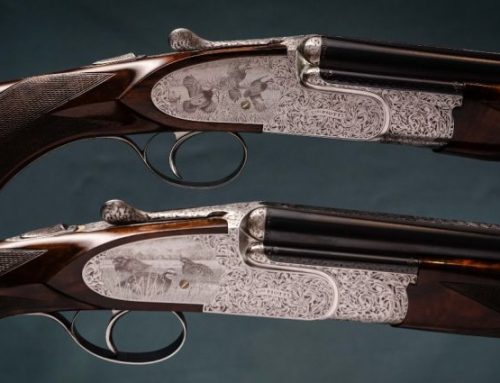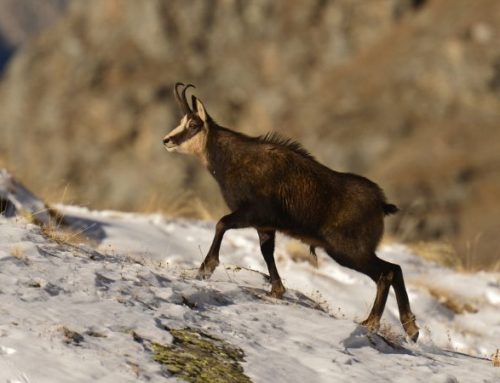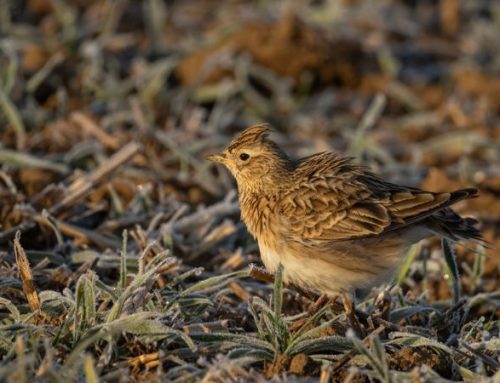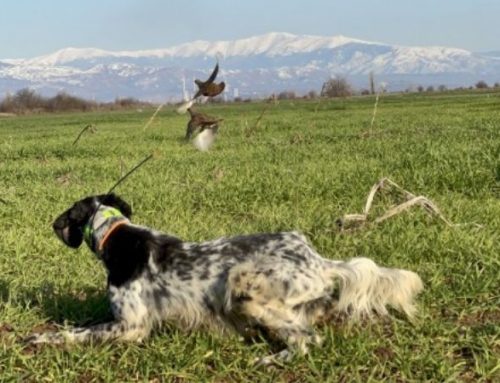Hunting in Spain: On the mountain ranges of Spain, from north to south, from east to west, Hispanic goats live.
Although the area is relatively impervious and stony, it is crossed by a multitude of paths, some of which are quite easy and allow approaches for any type of hunter, from the most adventurous to the most peaceful. These animals are known for their ability to survive in harsh environments and their ability to climb steep mountain slopes. There are four species present, each with different characteristics in terms of trophy shape and size: Ibex Beceite, Gredos, Ronda and Sierra Nevada.
Imagine a landscape where the sun rises over craggy peaks, casting a golden hue over the ancient stones. The air is crisp and invigorating, carrying the faint scent of pine and wild herbs. This rugged terrain, seemingly impassable, is a treasure trove of hidden paths and secret trails, whispering tales of the land’s rich history and the resilient creatures that inhabit it. Each path, whether a narrow, winding track or a broader, more accessible route, offers a unique journey, catering to the heart of every hunter.
For the intrepid soul, the call of adventure beckons from the steepest, most challenging slopes. Here, amidst jagged rocks and sheer cliffs, the Ibex Beceite tests the mettle of even the most seasoned hunter. With their majestic horns curling like ancient scrolls, these ibexes are a symbol of strength and endurance. Their ability to navigate the most daunting terrains is a marvel to behold, a dance with gravity that leaves one in awe.
In contrast, for those who seek tranquility and a deeper connection with nature, the gentler trails wind through lush valleys and serene meadows. The Gredos ibex, with its strikingly large and curved horns, roams these parts, offering a more peaceful yet equally rewarding hunting experience. The quiet rustle of leaves and the distant call of birds create a symphony that soothes the soul, making each step a poetic journey into the wild.
The Ronda ibex, smaller and more elusive, inhabits the middle ground between the extremes. Their horns, shorter yet uniquely beautiful, tell the story of survival and adaptation. To follow their path is to embark on a quest that combines both the thrill of the chase and the serenity of the hunt. The Sierra Nevada ibex, with its distinctive, sweeping horns, resides in the highest reaches, where the air is thin and the spirit soars. Their realm is one of breathtaking vistas and ethereal beauty, a place where the sky meets the earth in a timeless embrace.
As you traverse these paths, the landscape unfolds like a living tapestry, each species of ibex adding its own thread to the intricate weave. The journey is not just about the hunt, but about immersing oneself in the rhythm of the wilderness, understanding the delicate balance that sustains these magnificent creatures. Every step, every breath taken in this enchanted land, is a testament to the harmony between man and nature, a poetic dance that celebrates life in its purest form.
Ibex Beceite
The largest of the 4 types, Ibex Beceite, is widespread in the coastal mountains of Spain. In addition to having the largest body mass, they have extraordinarily large horns. There are two types of configurations for these ibexes: the “lyre” horns that curve backwards like most ibexes and the “palm” shaped horns, which are very flat.
Ibex Sierra Nevada
The Sierra Nevada, also called southeastern ibex, is common throughout the Sierra Nevada in Granada and is rather small and light in color. The horn structure of the males is thick and long with an impressive backward curve. Their population density is not very high, in fact, males can be difficult to find.
Ibex Ronda
The Ronda is the smallest of the 4 types, has a unique body mass and a trumpet configuration that grows horns with a spiral twist. They are isolated in a small mountain area in the province of Malaga, which makes them unique to see compared to the others.
Ibex Gredos
The Gredos is the most famous of the Spanish ibex. Its population density is quite high and it has the second largest body mass on average. The growth of its horns is proportional to the age of the animal by adding a ring every year. This type of ibex populates the Sierra de Gredos, a mountain range in central Spain.
Recommended Weapons for Hunting the Spanish Ibex
Hunting the Spanish ibex presents unique challenges due to the animal’s toughness and the demanding mountain environments they inhabit. Therefore, selecting the right weapon is crucial for a successful and humane hunt. Here are some detailed recommendations:
Caliber and Bullets
- .30 Caliber Rifles: All .30 caliber rifles are highly recommended for ibex hunting. These calibers provide the necessary power and precision required to take down a resilient animal like the Spanish ibex.
- Bullet Weight: For optimal performance, bullets weighing between 165 and 180 grains are ideal. These weights offer a good balance between velocity and stopping power, ensuring the bullet can reach vital organs even at longer distances.
Specific Rifle Models
- .30-06 Springfield: Known for its versatility and reliability, the .30-06 Springfield is a popular choice among hunters. It provides sufficient power to take down the ibex and performs well over varied distances.
- .300 Winchester Magnum: This caliber is excellent for long-range shooting, a common requirement in mountain hunting. Its high velocity and flat trajectory make it easier to hit targets at extended ranges.
- .308 Winchester: Offering manageable recoil and high accuracy, the .308 Winchester is another great option for ibex hunting. It’s especially suitable for those who prefer a more moderate recoil without sacrificing performance.
Importance of Weapon Zeroing
- Precision and Accuracy: Zeroing your rifle is crucial in mountain hunting due to the varied and often long-range shots you may need to take. Ensuring your rifle is accurately sighted at the desired range can significantly increase your chances of a successful shot.
- Elevation Adjustments: Mountain terrains often require adjustments in your shooting technique. Be prepared to adjust for elevation changes, as shooting angles can affect bullet trajectory.
Optics and Accessories
High-Quality Scopes: Investing in a high-quality scope is essential. Look for scopes with good magnification (at least 4-12x) and clear optics to help you spot and accurately target the ibex from a distance.
- Rangefinders: A rangefinder can be an invaluable tool in the mountains. It helps you determine the exact distance to your target, allowing for precise aiming and adjustments.
- Bipods and Shooting Sticks: Stability is key when shooting over long distances. Using a bipod or shooting sticks can provide the necessary support to steady your aim and make accurate shots.
Hunting the Spanish ibex requires careful consideration of your weapon and gear. Opting for .30 caliber rifles with bullets between 165 and 180 grains, ensuring your rifle is properly zeroed, and using high-quality optics and accessories can significantly enhance your hunting experience and success rate. Always remember to practice ethical hunting and respect the natural habitat of the ibex.
The beauty of the landscapes on this challenging but scenic terrain and the majesty of the trophies can only invite you on an irresistible adventure in Spain.










